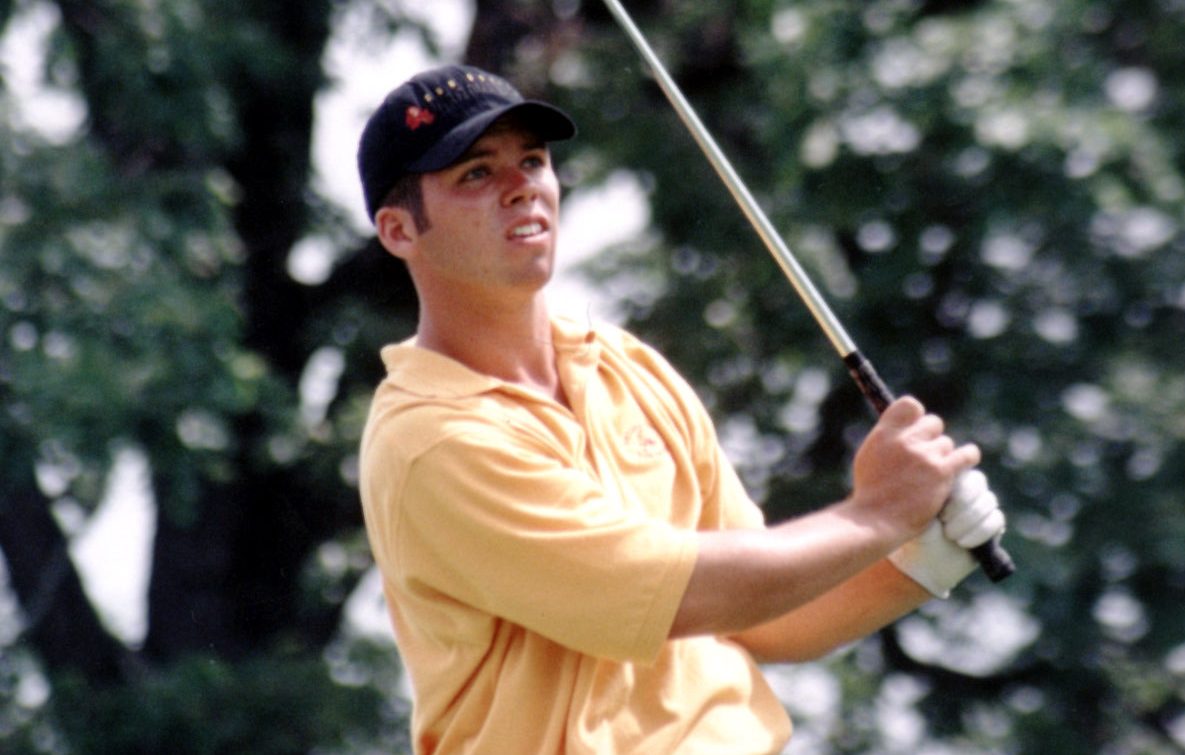Football is anything but a leisure sport. Violence is at its absolute core.
For some players, football is an outlet. It isn’t uncommon to hear from retired linemen about how they miss the physicality of the game, the feeling of being able to impose their will on other human beings on the gridiron.
None of this is new, and the urge to physically restrain or otherwise hinder the forward progress of another person is hardly unique to American football.
We humans fight wars, after all, and unspeakable acts are committed by people every day.
On Saturday, South Carolina Gamecocks defender Dylan Stewart was flagged for a celebration wherein he pantomimed shooting Ole Miss Rebels quarterback Jaxon Dart, who was lying defenseless on the field.
Stewart’s incident occurred after New York Jets wide receiver Allen Lazard was penalized and fined for a finger-gun celebration in Week 4 against the Denver Broncos.
In a vacuum, maybe this is acceptable – or at least understandable – behavior.
Perhaps Stewart, who is 19 years old, just got caught up in the moment and was emulating behavior he had seen from other people who were caught up in a moment, too.
Perhaps Lazard, nearly a decade Stewart’s senior, was merely intending to signal a first down, and his outstretched fingers and hand motions were perceived the wrong way by the referee on the field and the NFL officials who fined him.
And, perhaps nobody was hurt by either celebration, and neither deserved to be penalized for their actions.
As a football blogger, it isn’t my place to say where the line between celebration and offensive conduct is. Far be it from me to say that someone should be suspended, or fined, or even that they should get a stern talking-to from a coach on the sideline.
Those decisions are well above my pay grade.
But, as an American, it seems at least a little odd that there is a conversation to be had about this “gun celebration” business anyway.
Guns, their use, and our right to own them, are wholly pervasive in our culture. Our right to own them, in particular, is enshrined in our constitution, which was written by people with far more vision than me.
To be clear, Stewart’s infraction against Ole Miss was far more egregious than Lazard’s. To mimic “emptying the clip” into an opponent is a far more demonstrative action than merely “shooting” finger guns to indicate a first down.
But, at their core, these celebrations serve a similar purpose: to introduce “guns” into a game that, even to its detriment at times, is more than violent enough.
I’m not here to tell you what to think about either celebration, let alone what you should think about guns, firearm culture, or our right in the United States to bear arms.
Rather, I think the fascination with violence (or perceived violence) as a form of celebration is more at issue.
Is it ever appropriate to celebrate an achievement with a real firearm?
Is it ever appropriate to celebrate an achievement with a fake firearm?
What message does it send that, in a moment of ecstasy after making a crucial play, that any celebration would involve an imaginary firearm?
In my usual role over at Chiefs Wire, I covered Kansas City’s Super Bowl LVIII parade, where one person was killed and 33 people were injured after a mass shooting took place at Union Station in my hometown.
A day that should have been about celebration and achievement turned disastrous and deadly when real guns were introduced into the equation.
In a country where tens of thousands of people die at the end of a gun’s barrel (the majority self-inflicted) every year, why is it that these tools are part of any celebration at all, ever?
These are questions that, again, go well beyond my pay grade.
America’s identity is already at the center of every political advertisement you’ll see over the next month and, in an election year, the last thing this writer wants to do is ask people to re-evaluate their stance on guns.
But, as Americans, we have a choice to let this aspect of our culture live or die.



